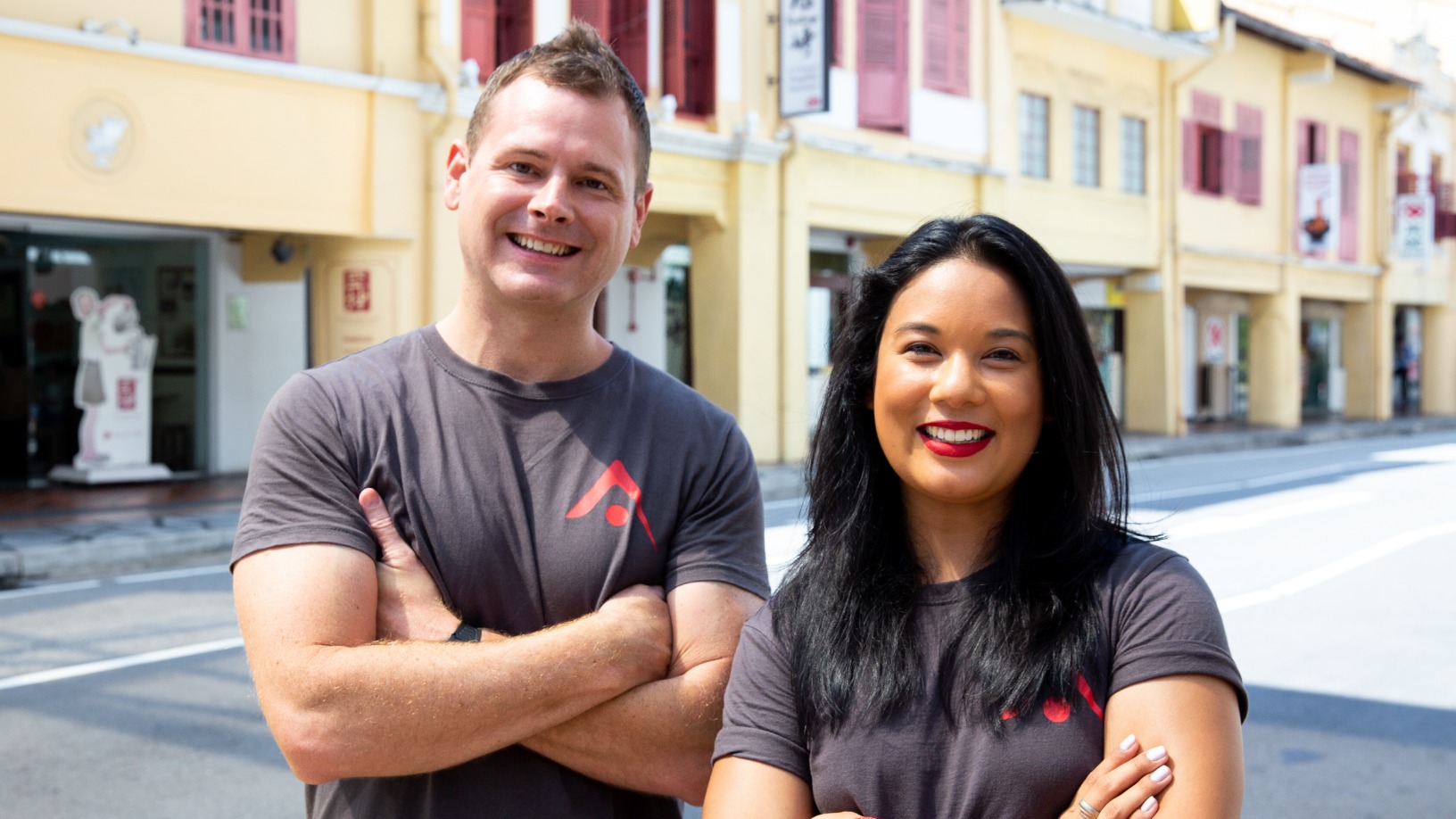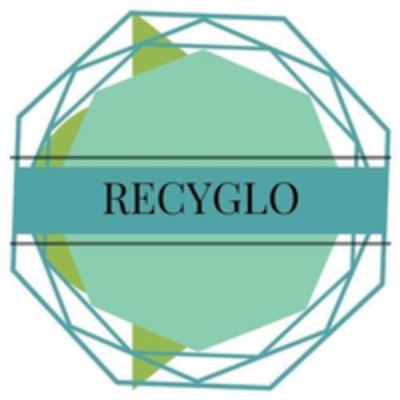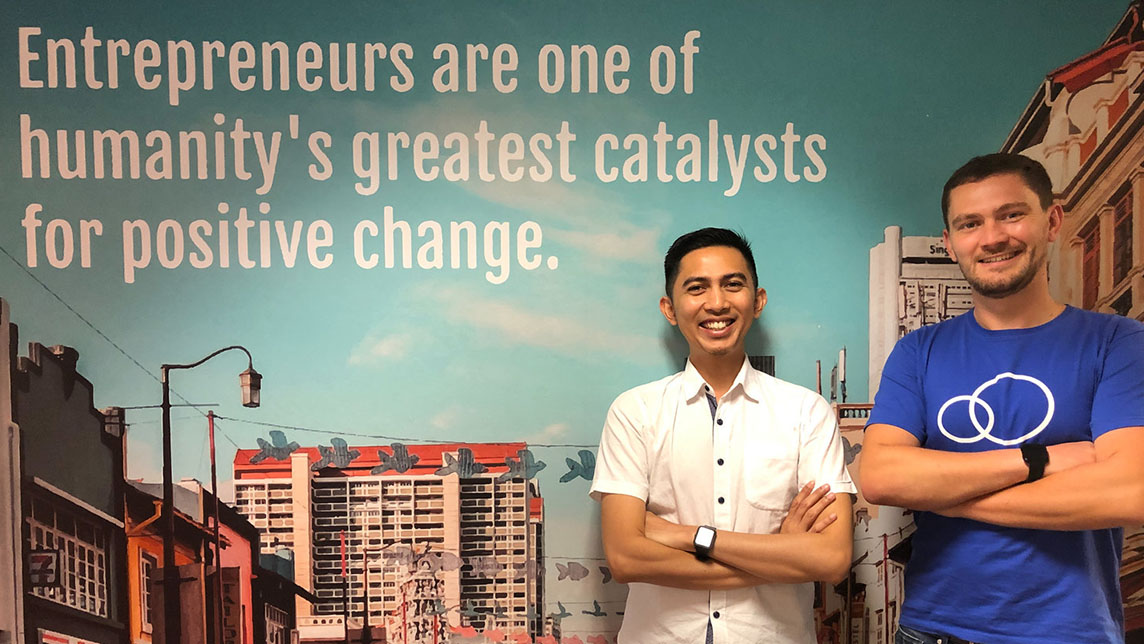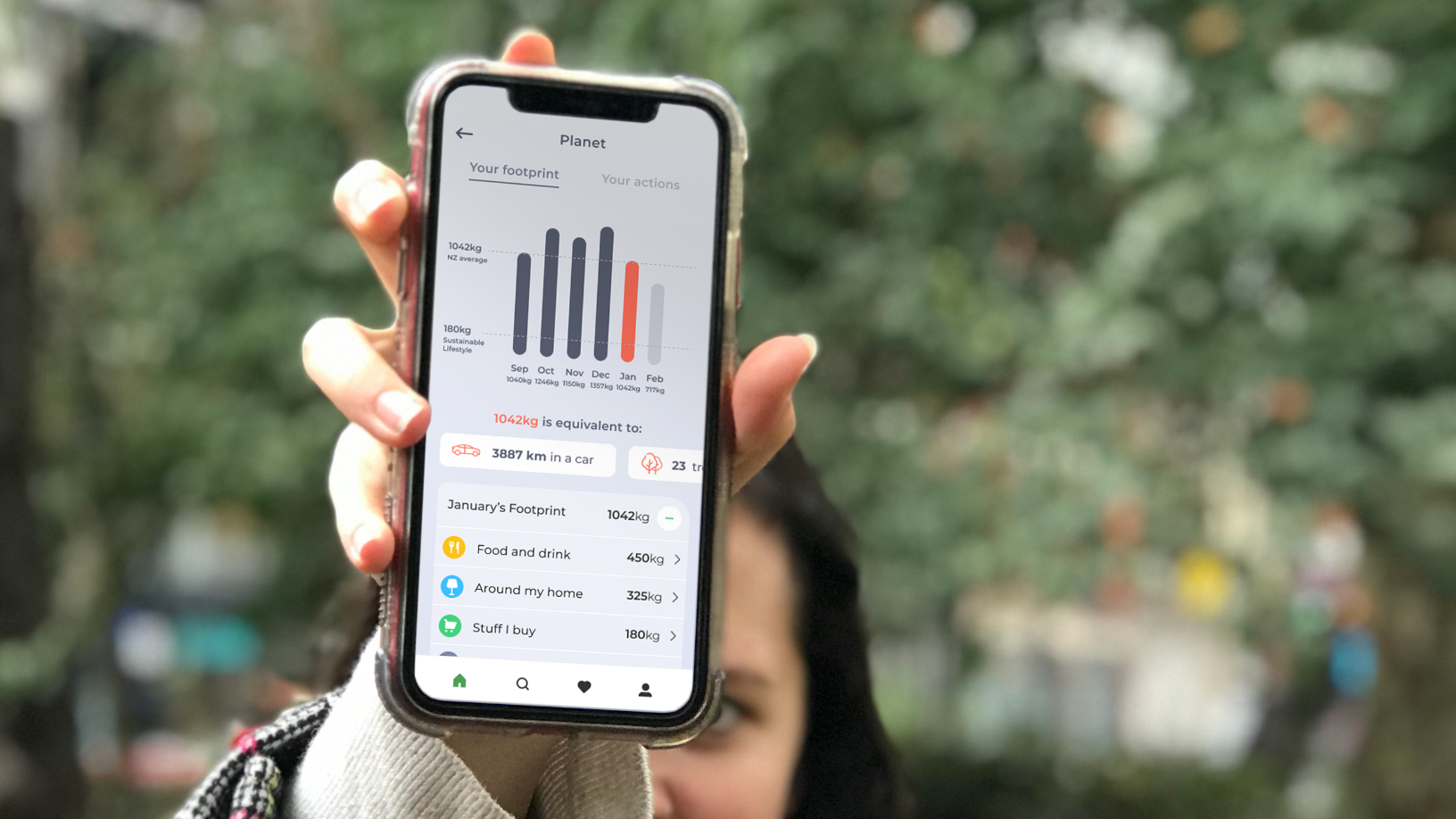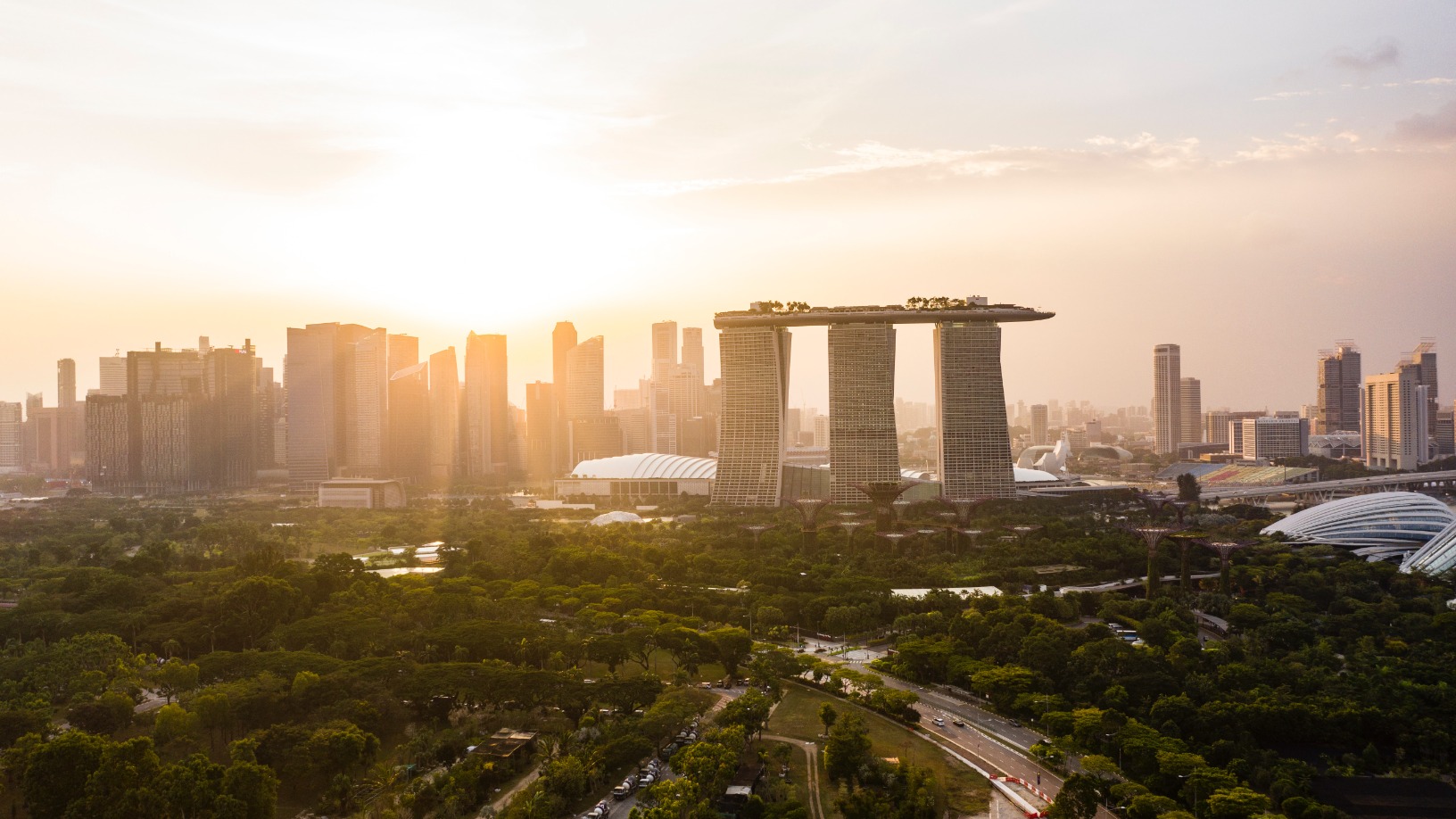Singapore-based Accelerating Asia announced its fourth cohort of 11 startups, the largest since it launched its accelerator program in 2019. The cohort includes startups based in Indonesia, Singapore, Pakistan, Bangladesh and other Southeast Asian and South Asian countries. According to the company, the 11 startups have increased their average monthly growth rate from 16–30%, while monthly revenues increased by 25% from an average of S$45,000 to S$56,000.
Founded in 2018 by Craig Dixon and Amra Naidoo, Accelerating Asia focuses on helping pre-Series A startups quickly grow their business and reach out to investors that can help them move to Series A funding and beyond. The program’s alumni come from various industries, stretching across 20 verticals. These include Myanmar-based recycler Recyglo, Indonesian big data SaaS company Datanest, and Pakistani sign language translation startup Deaftawk.
The 11 startups that joined the current batch had raised $6m coming into the program. Accelerating Asia’s participants and alumni have raised $30m in funding, with 70% of the amount raised after participating in the accelerator’s programs. Accelerating Asia also invests in some of the program’s participants, with eligible startups getting up to $200,000.
CompassList spoke to Naidoo to learn more about how Accelerating Asia selects startups and how the current cohort quickly boosted its growth rate after entering the program. Naidoo, who previously handled operations and community development for Australian accelerator muru-D, also discussed the challenges and opportunities she encountered when the program went fully online and how ecosystems in Southeast Asia and South Asia have adapted to Covid-19.
This interview has been edited for length and clarity.
Companies in Southeast Asia raised nearly $34bn across 1,400 deals last year. In your opinion, what are the reasons for this activity?
I think we’re at an inflection point in Southeast Asia. You’ve probably seen how many funds with hundreds of millions of dollars set up in this region over the past five years, and I think there’s going to be more. This is part of why we’ve set up our operations [in Singapore]. Part of our strategy is providing qualified deal flows to some of these bigger funds. We hope by getting startups to a point where they are attractive, these funds can become our partners and clients in the future.
Some of the startups in Accelerating Asia’s portfolio come from South Asia. Can you tell us about the startup ecosystem there?
Roughly 40% of our portfolio companies come from South Asia, in particular Pakistan and Bangladesh. We also had our first India investment recently, and we’re seeing increased activity from India. There’s a lot of enthusiasm among the founders there, but still so few resources for founders, so Accelerating Asia becomes a way for these founders to access new opportunities.
One of the exciting things about the region is the large population. Like in Indonesia, many of the companies don’t necessarily have to expand overseas to become really great businesses. Like in Southeast Asia, many of the companies are solving or leapfrogging infrastructure issues. We have e-commerce companies that focus on tier-two and tier-three cities, and these startups often end up building all of these supply chains themselves. For many big organizations, it’s difficult to reach these cities, and so the startups become great targets for acquisition.
How does Accelerating Asia select the startups that enter the program?
Generally, we look at a couple of hundred applications, but for the most recent batch, we reviewed 500 applications. We pick about 50 startups for the interview stage and from there we select about 25 companies for the next stage. This is done fully online now, but before [the Covid-19 pandemic], we would invite the companies to come to Singapore for introductions to our team, mentors and investors. In the end, we pick roughly 10 startups to join the program.
In terms of what we look for, we pay a lot of attention to the team. These startups are early-stage, and so many things are going to change in their business. What’s probably not going to change is the team itself, so we ask who the founders are, how they work with each other, their ethics and values, and how coachable they are. We also ask ourselves, “Do we want to sit beside them in the office, go out for lunch with them?” We want to build a long-term relationship to talk about the hard things and celebrate the wins.
Accelerating Asia’s website mentions UN Sustainable Development Goals and gender lens investing. How important are these impact factors to your selection?
I wouldn’t say SDGs are something we specifically look for with checkboxes, but it’s embedded in our values. Part of our mission statement is that we believe entrepreneurs are one of humanity’s greatest catalysts for positive change. We want to invest in cool people solving problems, who are genuinely going to make an impact.
When people think of social impact, they think they can’t make money out of that. We want people to see how well our portfolio companies are doing and then eventually realize that they’re making a positive impact on the world too. I also believe that the role of venture capitalists is to invest in the future we want to see. So we invest in good, ethical founders and the businesses, driving meaningful changes in the world.
Speaking about investments, how does Accelerating Asia choose which startups to invest in?
Most of the startups that come into the program get an upfront check, and our fund has the option to double down after the startup graduates. Some companies [like AskDr and MyBrand] don’t receive our initial investment [of between S$50,000 and S$75,000] upfront because they’re too early-stage, but they still join the program. We call them “rising stars” and we see a lot of potential in them. The founders often have deep domain expertise, but they’re not at the stage where all the other startups are. However, they might reach that stage after they go through the program, and in the case of AskDr and MyBrand, Accelerating Asia invested between $50,000 and $75,000 in the two companies during the program. Most of the companies in this scheme are Singaporean companies. The Singapore government supports us and this is our way of giving back to the local ecosystem where we’re based.
How is the accelerator program itself actually run?
The program's first month is designed around everything we learned from the companies during the interview stages. It also acts as another level of due diligence on these companies. Usually, we spot some red flags during these stages, and the first month is dedicated to addressing those concerns and some common issues among early-stage companies. After that, the curriculum is very flexible and tailored to how the startups are progressing.
We believe entrepreneurs are one of humanity’s greatest catalysts for positive change
We usually begin the week with a stand-up meeting where the startups talk about their past week, the goals and KPIs they met, the issues they are facing and their plan for the week ahead. They can also request help from the group. For the rest of the week, there are masterclasses, sharing sessions and one-on-one coaching. At the end of the week, there are closed-door pitch sessions with VCs. In the past, we’ve had investors like Sequoia and Golden Gate listen in to the pitches.
As a cohort, the startups are at similar stages but from different countries and industries. They’re very diverse; they don’t compete with each other, and they’re more likely to be open about the challenges they face.
What are some of the red flags?
Cap tables are one of the common problems. There’s not much education about angel investing in many markets that we work in, which is true for both the startups and the investors. What often happens is an angel investor would come in with $50,000, ask for something like 40% ownership, and the startup would accept. We need to have a frank conversation with the startup founders and say, “I love what you’re doing, but there’s no way you’re going to get into our program or get any serious institutional investor to invest in you unless you negotiate this investor down.” We usually help them with that negotiation if they progress far into the selection process.
Another red flag would be if the startups have been in the business for a long time and do not have any significant traction. It’s not necessarily a bad thing, but we ask why they haven’t got investors’ interest or what we can tweak to scale their growth. We also ask whether they even want to change what they’re doing. Some great businesses out there might not necessarily have the kind of multiples that venture capitalists are looking for.
How has Accelerating Asia’s experience been in shifting the program to online during the pandemic?
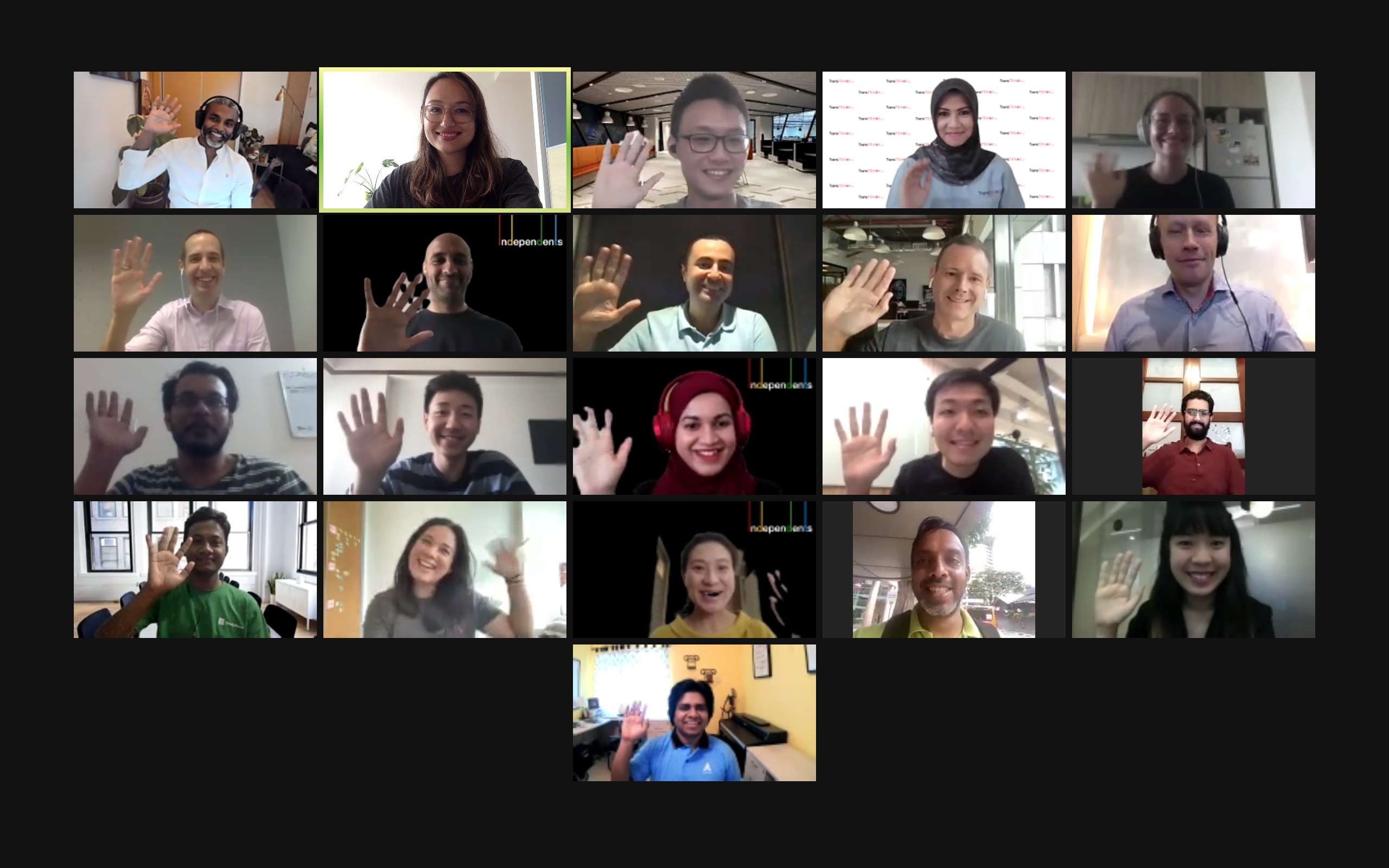
Our program has always been available to access virtually even before the pandemic. [Previously], there was usually at least one founder present in Singapore for the sessions. But in some cases, it’s difficult for the founders to be physically present in Singapore. For example, some founders are working parents, and it’s easier for them to join in from home than fly to Singapore. The virtual format also provides accessibility for co-founders with disabilities. For example, the co-founders of Deaftawk, a sign language interpretation startup, include blind and deaf people. A virtual program where they can listen to the recording or read the transcript later is much easier to digest.
When we moved to fully online operations, we’ve been able to recreate some of the human connections we make in face-to-face interactions. But at the same time, we’re also missing out on the random catch-ups and impromptu conversations. We also don’t do a lot of community events anymore because of “Zoom fatigue.” Nobody wants to go to online events, and those who attend don’t engage the same way they do offline. These days, we find it to be more powerful to have one-on-one sessions instead of general networking events.
Another concern among accelerators is cohort bonding. I don’t know how other programs have managed, but when we met up with the organizers, they all said [the pandemic] will impact whether the cohort can bond and whether we can develop a long-term relationship with people we never met in person. Everyone is still experimenting with developing these bonds, but we’ll have to test over the long term to see how effective it can be.
The current batch has doubled its growth rate and increased its monthly revenue during the program. How has the program helped to achieve this?
Two things came up when we discussed what went well in our cohort so far. In one session, which we call “Metrics that Matter,” we get the startups aligned about the key metrics that measure their success. These “north star” metrics are what they communicate to investors and also use to motivate their team internally. When you know what you’re working towards, it motivates you and helps you make decisions.
Another point is our sessions on growth, where we discuss how to create growth loops. Here the startups learn how to nail the sales process down and identify “leaky buckets” of customer retention. There are many small tweaks that these startups can do to optimize what they’re doing. It’s a bit of an oversimplification, but this part is where a lot of the coaching is done.
In our email communication, you mentioned that there are positive signs of economic recovery from the Covid-19 pandemic. But in some countries, there are new surges of cases. How will this affect the outlook for startups?
It’s really tough to say. The pandemic and the lockdown have impacted the founders and their employees. There’s the health aspect that you can’t completely plan for, and it’s very difficult mentally, financially and emotionally. Yet people are resilient and adaptable, so hopefully [the impact of the latest surge] is not as bad as it was the first time.
In this situation, we try to find whether the portfolio companies in the country can support each other. In Bangladesh, the strict lockdown rendered many of the business activities of the startups essentially illegal overnight. However, the portfolio companies were sharing opportunities with each other, and as a result, they were able to make it through. Now that they’re going through another lockdown, I don’t know if that will be the case again. There are only so many times you can go through these things and deal with that kind of stress.
In terms of investments, obviously things slowed down at the start, and VCs tend to channel their funds to sustain their portfolio companies. But towards the second half of 2020, we started to see activity warming up again, particularly with angel investors. Many investors are changing the way they work, especially when it comes to due diligence. Some investors are recruiting locally and leveraging their scouts, even their portfolio companies, to perform due diligence on investment targets.
Which business models and verticals will continue to grow after the pandemic, and which will revert to pre-pandemic patterns?
Some investors are focusing on verticals, while others are focusing on resilience and the ways the startups can be impacted because of Covid-19. These investors are paying more attention to the profitability and other financial aspects of the businesses compared to pre-Covid times. Among our applicants, we’ve seen a massive increase in interest in startups and business models that are creating impact. We have the usual suspects like healthtech, e-commerce and edtech; basically, the businesses that people are calling pandemic-proof. I have a feeling that it’s got something to do with people just wanting to see good things happen in this environment.
There was also a lot of enthusiasm around the vaccine and how it will enable travel to return quickly, but we now see that’s not the case. If worldwide travel does return quickly, which I doubt is going to happen, then what happens to all those virtual conferences that the industries have adopted so far? There hasn’t been any solution that can effectively enable that networking interaction in a virtual platform, but maybe people will figure out how to network virtually and travel might not be so necessary. As a result, business travel may not be as crazy as it once was. I imagine personal travel might pick up as we’re now able to work virtually from anywhere.
